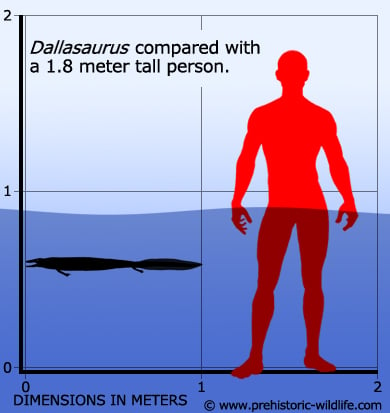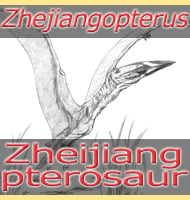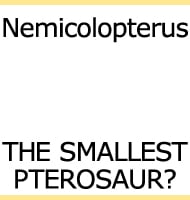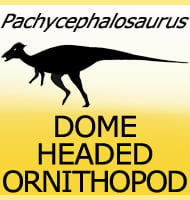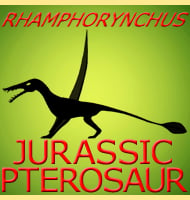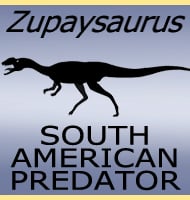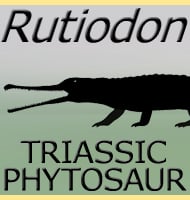In Depth
Dallasaurus was a fascinating discovery, especially for lovers of the marine reptiles that swam the Mesozoic oceans, more particularly the mosasaurs of the Cretaceous. The skeletal features of Dallasaurus have helped to further cement the theory that the mosasaurs evolved from terrestrial (land living) reptiles like monitor lizards during the early/mid Cretaceous. A counter theory to this is that the mosasaurs evolved from primitive snakes, but this idea has gradually waned in acceptance with the advent of new fossil discoveries for both early mosasaurs and Cretaceous snakes. Also of interest is that while other well-known groups of marine reptiles such as the ichthyosaurs, plesiosaurs and pliosaurs are thought to have also evolved from land reptiles of the diapsid line, the mosasaurs appeared and adapted completely independently of them.
Dallasaurus is seen as a transitory link because while its body and tail show adaptation for swimming, the legs still have a greater development for walking on land. This would suggest that Dallasaurus lived in coastal waters, perhaps estuarine waters (where rivers meet oceans) where they could take advantage of an abundant supply of aquatic prey but still had to return to the land, either to rest or possibly to hunt in different waters such as coastal lagoons. Roaming behaviour like this would lead to an oceanic expansion so that Dallasaurus could have access to an even greater number of prey. In later mosasaurs the legs would develop fully into flippers to support a completely aquatic life.
It is still too early to say if Dallasaurus laid eggs or gave birth to live young as the fossils which indicate either method are still lacking. However later mosasaurs were too large to conceivably return to the land, and the reptiles as a group seem remarkably quick to adapt to live birth particularly in the other lines of marine reptiles, with evidence suggesting this being found in ichthyosaurs, but perhaps a more relevant example being that of Keichousaurus. Beyond this live birth can be seen in some lizards that are alive today, as well as other reptile groups like the sea snakes.
Reptiles like Dallasaurus and the another early mosasaur named Russelosaurus would go onto to have an impressive lineage of descendants, from the giant Tylosaurus that was over fifteen meters long, to the advanced Platecarpus which had a tail fluke similar to an ichthyosaur, to specialist feeders like Globidens which had crushing teeth to eat armoured prey.
Further Reading
– Dallasaurus turneri, a new primitive mosasauroid from the Middle Turonian of Texas and comments on the phylogeny of the Mosasauridae (Squamata). – Netherlands Journal of Geoscience (Geologie en Mijnbouw) 84 (3) pp. 177-194. – G. L. Bell Jr. & M. J. Polcyn – 2005.
